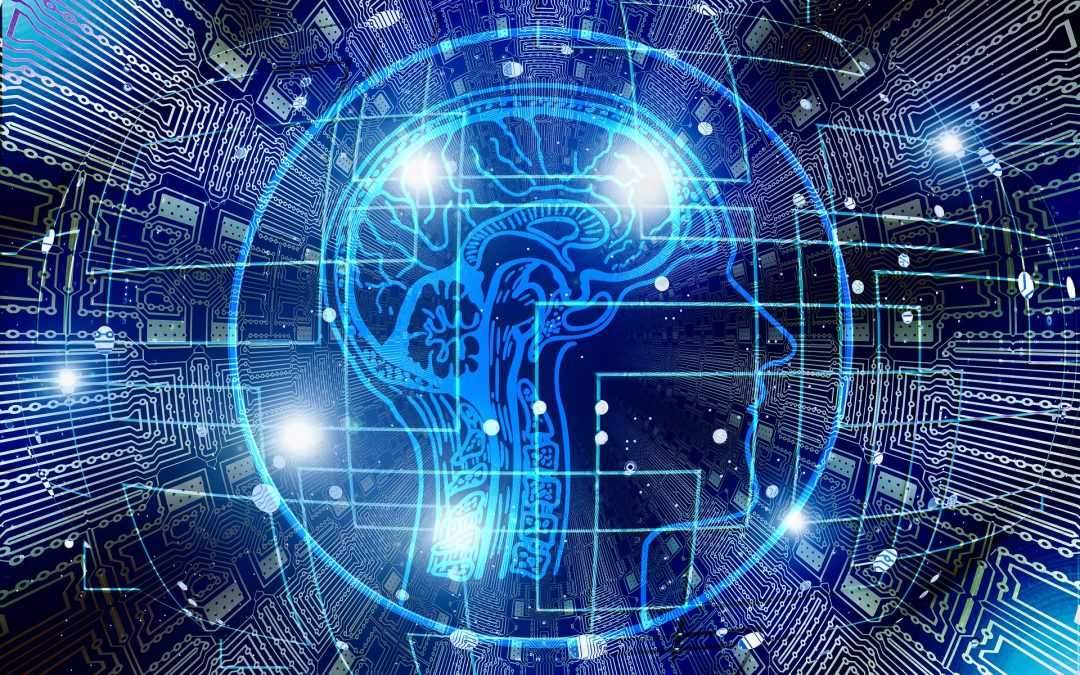There’s a lot of buzz in almost every industry about the power of Artificial Intelligence (AI) applications and its impact on consumer experiences. Sometimes I see presenters that are truly passionate about their technology but don’t really understand the complexities of what they are trying to convey. Let’s review a few points you should know about this emerging tech:
Artificial Intelligence and predictive modeling are not exactly the same. Although predictive models can be a part of artificial intelligence, the development of the two applications are not the same.
- AI and machine learning are the methods where complicated algorithms are used to analyze data in technology to replicate a human decision. In the basic form, the computer “learns” to make decisions just as a human would looking at the same data. Typically, this technology can quickly adapt to new data, but usually relies on internal data from the organization.
- Predictive models are algorithms that are programmed based on historical outcomes and the analysis of data related to those outcomes. Then, this learning is applied to future outcomes. The predictive model typically yields a more data-driven decision based on past experiences and incorporates external data to supplement internal data from the organization.
You are probably thinking this sounds about the same? Well, it all boils down to the use case.
- Artificial Intelligence: If you are looking to define and “screen” consumer behavior from a large internal data set, AI is probably the application for you. For example, it might be helpful to screen complex patient data to determine the level of patient satisfaction for Grateful Patient programs. There are indicators that the “machine” will recognize that support a positive patient experience such as keywords in medical records.
- Predictive Models: If you want to predict an individual consumer outcome, then a predictive model is probably what will best serve you. Through the analysis of your historical consumer outcomes, a pattern can be derived and applied to a defined external data set, such as public record data, to predict a future outcome. Then, the models are used to define specific outcomes and is typically used for more complicated predictions. For example, credit scores use external data, such as information provided through financial transactions, to support a business decision such as the likelihood of an outcome such as repayment. This means that models are developed for specific purposes and must be programmed to work correctly to adjust for any organization’s business process.
When looking at these solutions, you should really be asking yourself if you think the key to understanding your prospect is in the data you hold or in some external database. Additionally, you should take the time to understand consumer protection laws as they relate to any external data you might be consuming during your process. Take the time to understand what the solution is really delivering to you and how well it matches to your business process. There is a difference between finding a prospect in your data and predicting if that prospect will donate.


Recent Comments